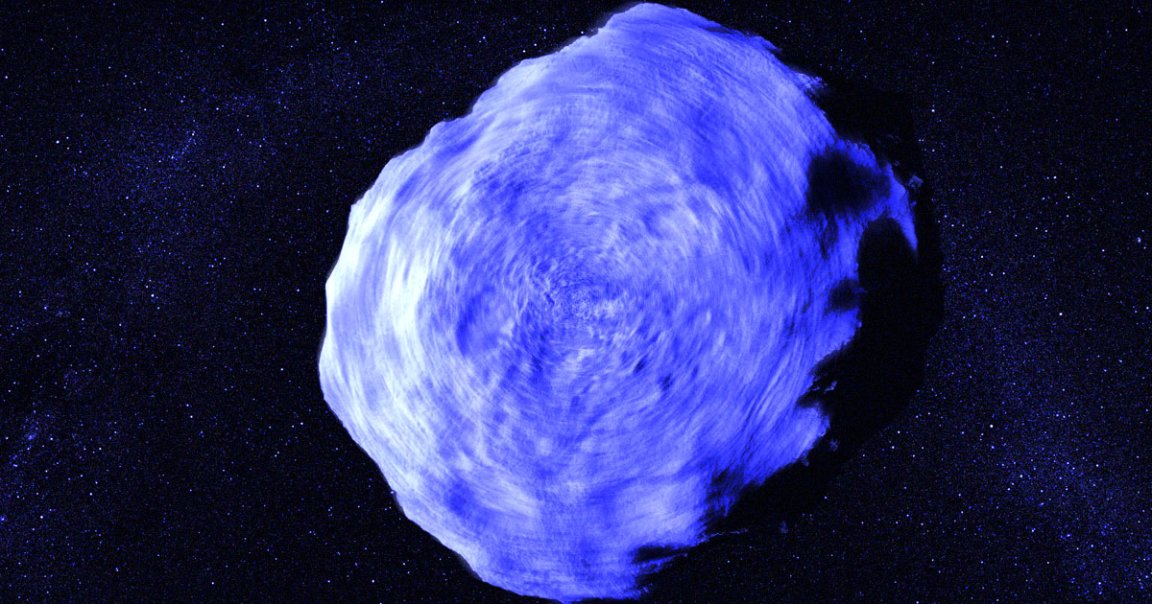
Spin Kick
Last year, NASA rammed its Double Asteroid Redirection Test (DART) spacecraft into a tiny moonlet called Dimorphos, demonstrating a promising way to redirect a potential incoming killer asteroid to save life on Earth.
Now, given the huge amount of scrutiny following the collision, scientists have made another surprising discovery: Dimorphos’ much larger companion Didymos is spinning so fast, they say, that it’s capable of shooting pieces of rubble into space, a puzzling conclusion that highlights the fact that asteroids aren’t necessarily the inert lumps of rock they’re often thought of, Scientific American reports.
In a paper published earlier this month, a team of planetary scientists suggest that Didymos may be releasing a steady stream of rubble and dust off of its equator as it rotates every two hours and 16 minutes.
In simulations, a team led by co-author Adriano Campo Bagatin, a planetary scientist at the University of Alicante in Spain, found that while 97 percent of material that comes off Didymos’ surface falls back within around four hours, other larger pieces eventually land on Dimorphos.
Space Chaos
That kind of ejection could be a much larger trend among asteroids, with countless space rocks filling the cosmos with stray smaller pieces of debris as they spin.
In fact, it could give us even more pertinent clues as to how planets and other celestial bodies are formed in the first place. Astronomers are now investigating whether Dimorphos was formed in the first place as a result of Didymos flinging dust and bits of rock off its surface.
Fortunately, the European Space Agency will soon be getting a much closer look to confirm this hypothesis. The plan is to launch a spacecraft, dubbed Hera, sometime next year to rendezvous with the binary asteroid system and study how the asteroids’ surfaces change over time — a meeting that may prove riskier for the spacecraft than initially thought due to the potential of stray debris.
More on DART: NASA Pleased With the Degree to Which It Kicked This Asteroid’s A**